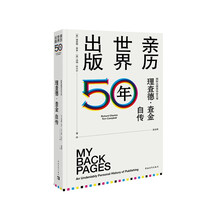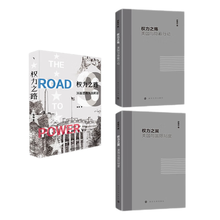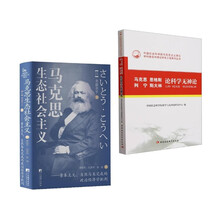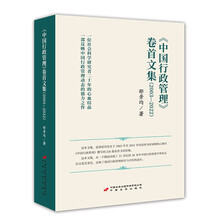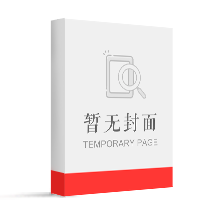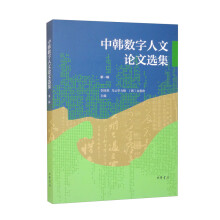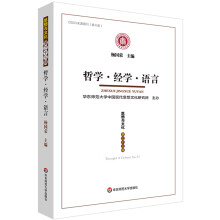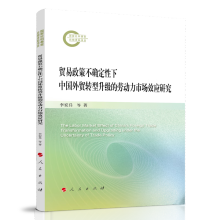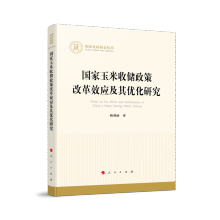序一
序二
前言
Chapter 1 Introduction
1.1 Definition of Discourse
1.2 The Site of Najiahu Village
1.3 Concept of FTCHCBF
1.4 Definition on Hui Ethnicity
1.5 Research Goal,Objectives,Questions and Significance
1.6 Structure of Book
Chapter 2 Theoretical Context
2.1 Place,Discoue,Representation and Meaning
2.2 Tourism Studies In the Discursive Perspective
2.3 Genealogy and Meaning Ambiguity
2.3.1 Foucauldian Knowledge and Power
2.3.2 Particularity,Diversity and Meaning Ambiguity
Chapter 3 Research Methodology
3.1 Qualitative Study
3.2 Case Study
3.3 Discourse Analysis Approach to FTCHCBF
3.4 Genealogical Approach
3.5 Method of Oral History
3.6 Method of Ethnography
3.7 Synthesis and Coherence of the Approaches
Chapter 4 Discourse of FFCHCBF and Its
Dominafion
4.1 S0cial Contexts of mHCBF’s C0nstruction
4.2 Formation Processes of FrCHCBF
4.3 Intertextuality and Genre Changes
4.4 Aspects of FTCHCBF as Discourse
4.5 Summary
Chapter 5 Trajectories and Fragments ofthe Past
5.1 Historical Events in Najiahu Village
5.2 MeInories Recorded as Texts and Documents
5.3 A History of the Present
5.3.1 Essential Meaning and Najiahu ViHage
5.3.2 Removal of the Village Wall During China’s Agriculture Cooperation
5.3.3 Construction nf ROWs 0f New Houses in 1978
5.4 Revoicing Meanings:Fragments and Ambiguity
Chapter 6 Meanings Around the Mosque
6.1 Context for the Ethnographic Study
6.2 Ethnography of Mutiple Meanings
6.2.1 Nan Lao Fen (南老坟)
6.2.2 SiFang Xing ZhaiZi(四方形寨子)
6.2.3 Shang Si(上寺)
6.2.4 Me Ma Zi(捏码子)
6.2.5 Ba Bao Cha(八宝茶)
6.3 Coda:Caring for the Past
Chapter 7 Discussions and Conclusions
7.1 Site,Representation and Revoicing
7.2 Towards Diversity:the hnplications of This Study
7.2.1 Multiplicity of Hui Ethnicity
7.2.2 Muhicultural Tourism
7.3 Contributions,Limitations and Suggestions
References
Appendices
展开

